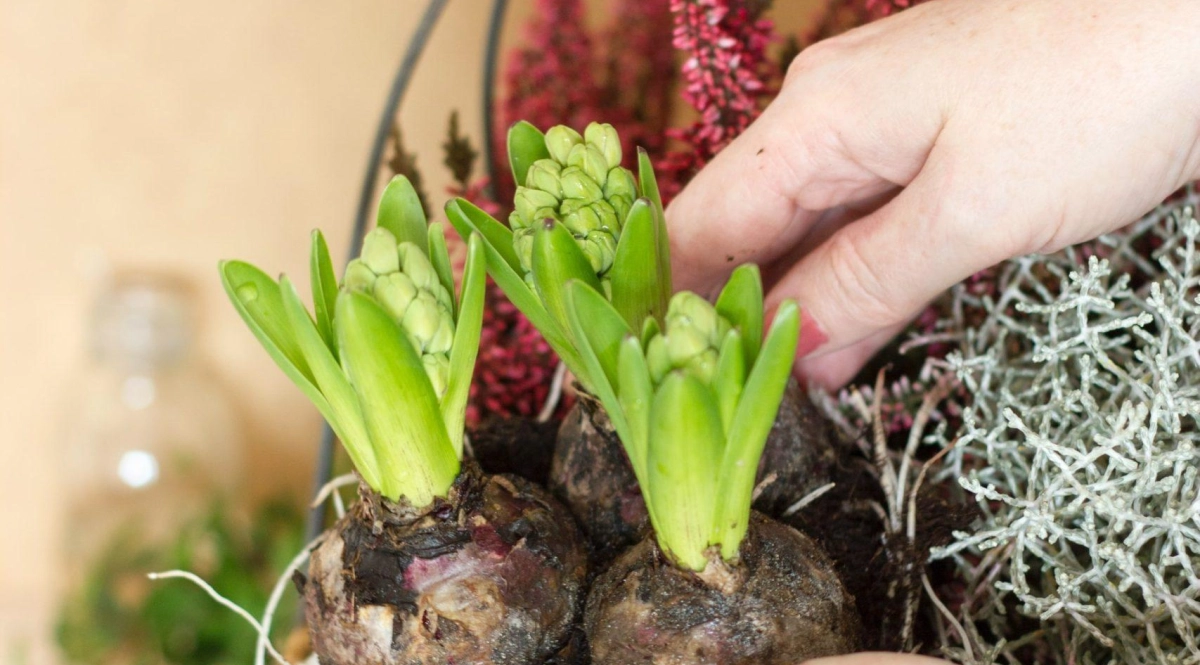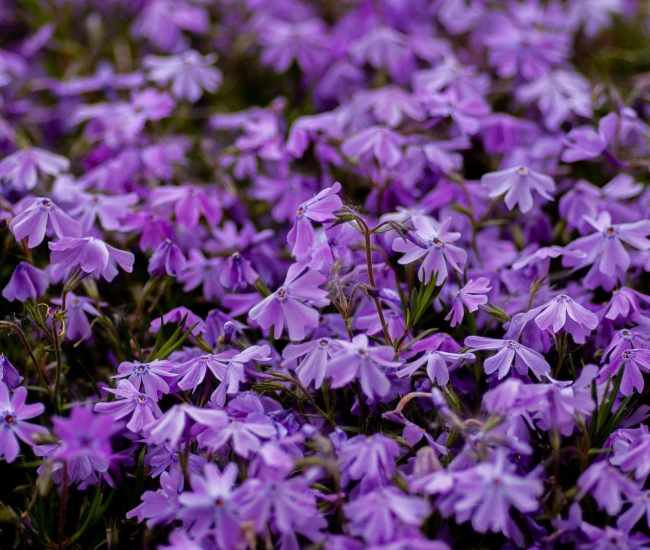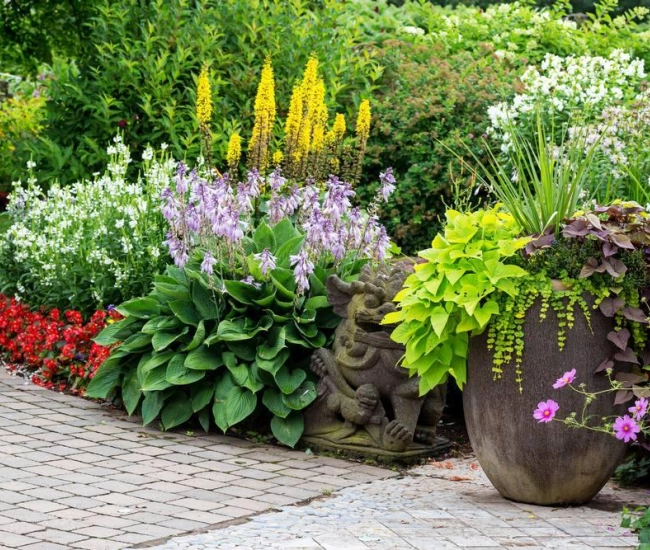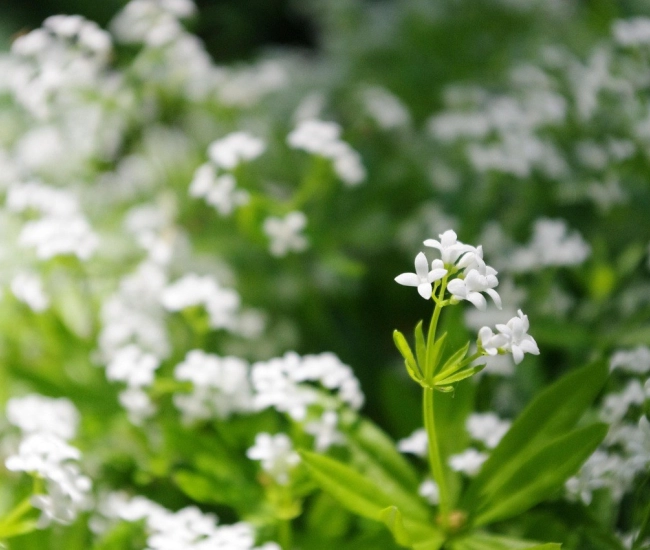
We are well acquainted with spring-flowering bulbs, such as tulips and daffodils, which spend the winter under the snow to emerge at the first signs of spring. But there are also summer bulbs – or tender bulbs – that are not hardy in our climate and need to spend the winter in warmth to be able to return to the ground for the next season. This is the case, among others, for cannas, dahlias, and gladioli. If you want your magnificent flowers from bulbs to return from one season to another, here’s how to do it:
Do not remove your bulbs from the ground before the first frosts. Once the foliage has withered and turned yellow, you can cut it down to the ground to make the next steps easier. Carefully dig up the bulbs; they must not be damaged. Once removed, shake them to remove the soil and cut the remaining leaves as close as possible to keep only the bulb.
Before storing your bulbs, you need to let them dry for a few days. Place them in newspaper in the dark in a cool and dry place or leave them on the ground if they are sheltered from the elements.
Once well dried, gently rub your bulb with a small brush to remove as much soil as possible. Then place your bulbs in a paper bag filled with vermiculite or peat moss and let them sleep like this all winter. Their resting place should have a temperature between 4 and 10ºC to prevent them from freezing.
Check your bulbs from time to time to ensure they are not rotting. If a bulb shows signs of rot, throw it away immediately to prevent it from contaminating the others: it can happen quickly!
It is in mid-March that you need to wake up the plants if you want to put them back in the ground at the right time. First, plant them in pots and then move them to open ground when the risk of frost is well behind.
You will find a multitude of summer bulbs at your Passion Jardins store starting in April. You can start them indoors if you wish. If you have purchased a canna, a calla, or another bulb plant directly from the garden center, you can harvest the bulb and see this beauty bloom again next spring!
Wait for the first frosts
Do not remove your bulbs from the ground before the first frosts. Once the foliage has withered and turned yellow, you can cut it down to the ground to make the next steps easier. Carefully dig up the bulbs; they must not be damaged. Once removed, shake them to remove the soil and cut the remaining leaves as close as possible to keep only the bulb.
Dry the bulbs
Before storing your bulbs, you need to let them dry for a few days. Place them in newspaper in the dark in a cool and dry place or leave them on the ground if they are sheltered from the elements.
Store the summer bulbs
Once well dried, gently rub your bulb with a small brush to remove as much soil as possible. Then place your bulbs in a paper bag filled with vermiculite or peat moss and let them sleep like this all winter. Their resting place should have a temperature between 4 and 10ºC to prevent them from freezing.
Wait for spring
Check your bulbs from time to time to ensure they are not rotting. If a bulb shows signs of rot, throw it away immediately to prevent it from contaminating the others: it can happen quickly!
Finally, spring: wake up the bulbs!
It is in mid-March that you need to wake up the plants if you want to put them back in the ground at the right time. First, plant them in pots and then move them to open ground when the risk of frost is well behind.
You will find a multitude of summer bulbs at your Passion Jardins store starting in April. You can start them indoors if you wish. If you have purchased a canna, a calla, or another bulb plant directly from the garden center, you can harvest the bulb and see this beauty bloom again next spring!
Tips and advice



